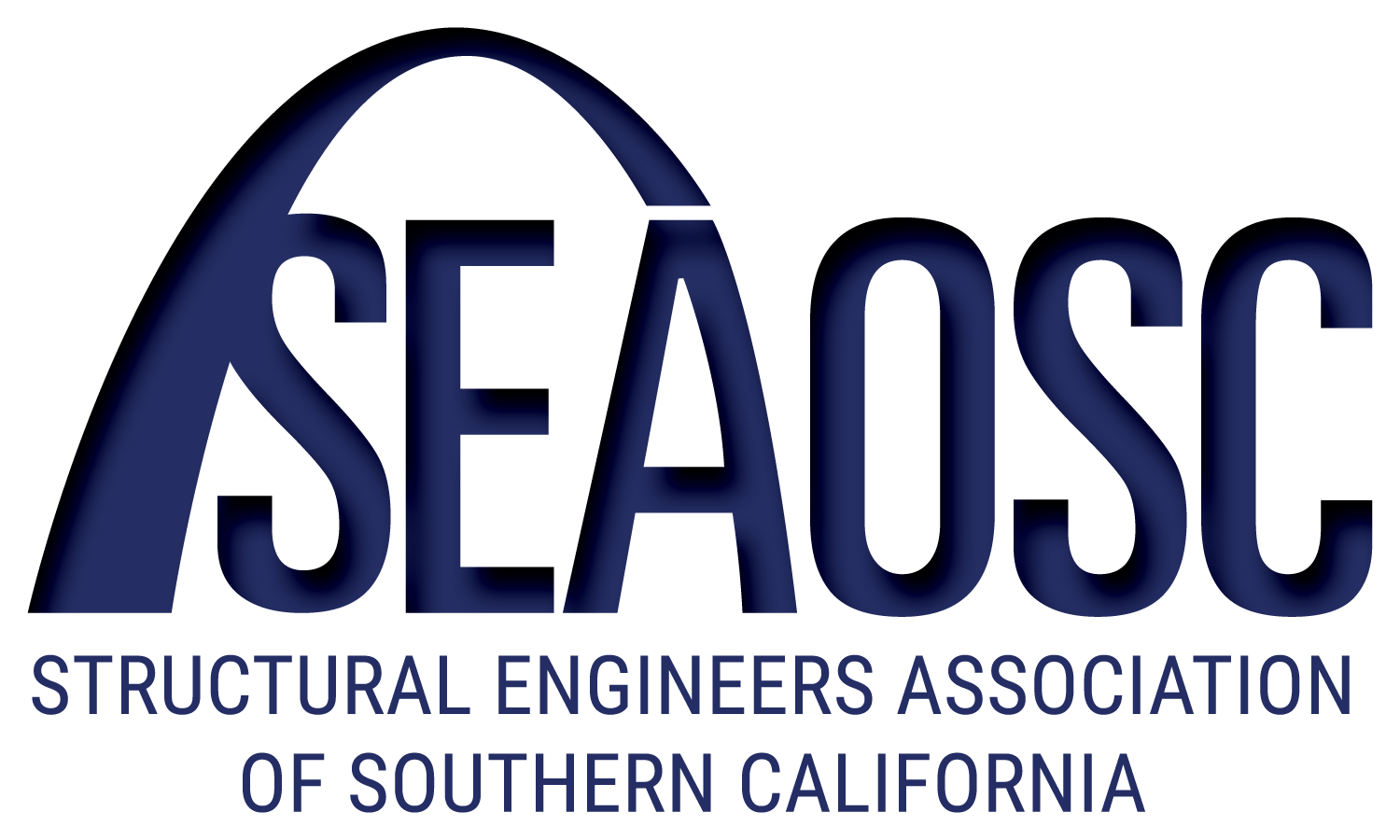A Joint Policy Agenda from the Earthquake Engineering Research Institute (EERI) and the Structural Engineers Association of California (SEAOC)
February 2023
As members of California’s earthquake engineering and structural engineering communities, we have dedicated our professional lives to reducing impacts from earthquakes through research, design, code and policy development, and advocacy. We are unfortunately too familiar with the devastation that earthquakes can cause to our built environment and the toll they take on society. But it does not have to be this way. While earthquakes are inevitable, the disaster can be prevented.
For decades, California has led the world in developing, adopting, and enforcing building codes and laws to improve seismic safety. We have learned from past losses. Large and impactful earthquakes in California and around the world have led to updates of our laws and codes accordingly. The first seismic legislation in California was the Field Act, enacted in the wake of the 1933 Long Beach earthquake that toppled unreinforced masonry schools and crippled the region’s recovery for years. As a direct result of the Field Act, our State’s public schools have the strictest building code requirements and enforcement in the nation. Since then, dozens of additional state and local laws have been enacted that further improve the safety of our state’s buildings.
Yet these measures are not enough. Despite our global leadership on seismic safety, California’s cities remain at risk—of collapsed older buildings, significant economic and social disruption, and prolonged recovery times. We have identified three priority actions that are critical to improving our community safety and resilience.
First, we must identify and retrofit our existing vulnerable buildings. California cities are plagued with thousands of buildings at risk of collapse, many of which provide affordable housing. Communities across California are taking action to protect their residents, but many others need help. Los Angeles, Santa Monica, San Francisco, Berkeley, Oakland, San José, and others, including some tribal communities, are working hard to identify and retrofit some of their vulnerable buildings. We applaud these proactive efforts and encourage other jurisdictions to similarly work to improve their community resilience. A new state-funded seismic retrofit program for vulnerable multi-family housing (California Government Code Section 8590.15 et seq) was approved in 2022 with $250 million that would help these efforts, but the Governor’s initial 2023 budget proposal eliminated that funding. The California Residential Mitigation Program must be preserved to help jurisdictions identify and retrofit their vulnerable buildings and protect housing.
Second, we must uphold existing laws that require our healthcare facilities to be earthquake-ready. Hospitals play an essential life-saving role in post-earthquake response and recovery for their communities. The Alfred E. Alquist Hospital Facilities Seismic Safety Act (Alquist Act) of 1983, along with amendments such as SB 1953 (1994), require that acute care hospitals and supporting facilities remain operational immediately after an earthquake. Hospitals are to comply with retrofits or replacement by 2030. While most of California’s hospitals have complied, some have not. Our current laws must be upheld so that critical hospital facilities are retrofitted by 2030.
Finally, we must adopt building codes that help our communities recover. New buildings are built to code, but that does not mean they are built to last. Our current building code ensures that a new building is unlikely to collapse, but it does not mean the building will be usable after an earthquake. Our communities rely and thrive on basic services—schools, grocery stores, apartment buildings, assisted living facilities. When these services are lost, even temporarily, their absence can delay recovery and permanently alter the fabric of a community. Developers, designers, and owners are not currently required to consider “functional recovery”—how quickly a building will recover its function after an earthquake. In 2021 the Legislature came close to requiring California to start the process of updating our code for functional recovery, but the bill (AB 1329, Nazarian) failed to make it to Governor Newsom’s desk. California must lead again and adopt a functional recovery building code to help our communities recover faster.
Future large earthquakes will occur in California. How we prepare now will impact how we respond and recover later. Our communities are vulnerable to building collapses, loss of life, and permanent disruption to the way of life. California has led the world in creating a safer built environment by learning from losses over the last century. But we must take the lead again by retrofitting older vulnerable buildings and adopting a new generation of building codes that preserve our communities, our economy, and our future before the next major earthquake strikes.
Read the full statement here.

